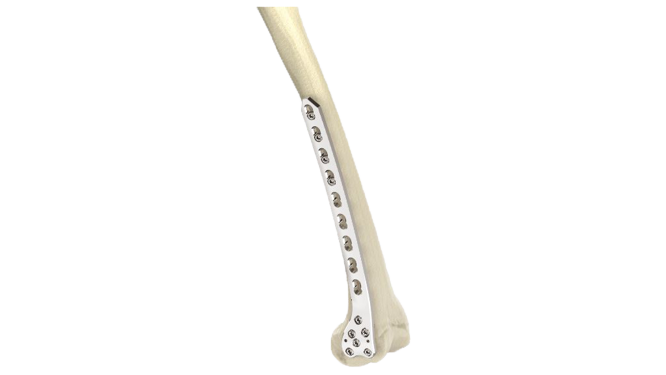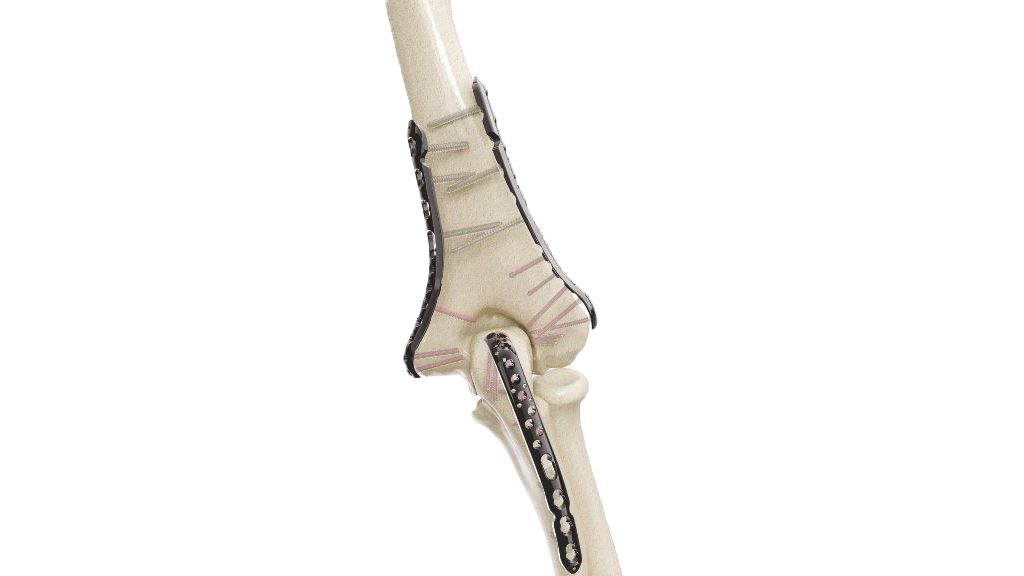Compact Hand Plates - 2.0 mm Rotation Correction
Product Overview
Introducing our state-of-the-art orthopedic implant, the Compact Hand Plates - 2.0 mm Rotation Correction. These plates are meticulously engineered to provide superior stability and precision in hand and wrist surgeries, specifically tailored for rotation correction. With their advanced design, they enable seamless correction of rotational issues, ensuring optimal alignment and swift recovery. Trust in the excellence of Compact Hand Plates for robust bone fixation and restoration. Elevate your orthopedic practice with the power of rotation correction.
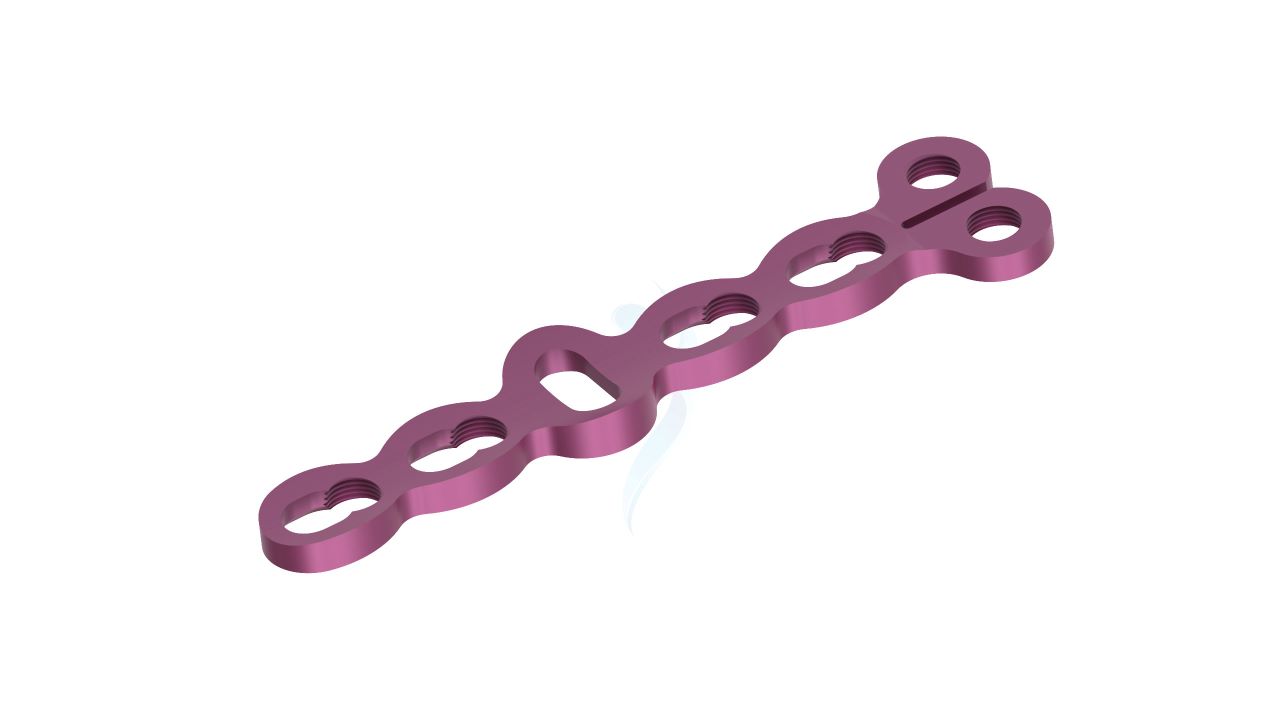
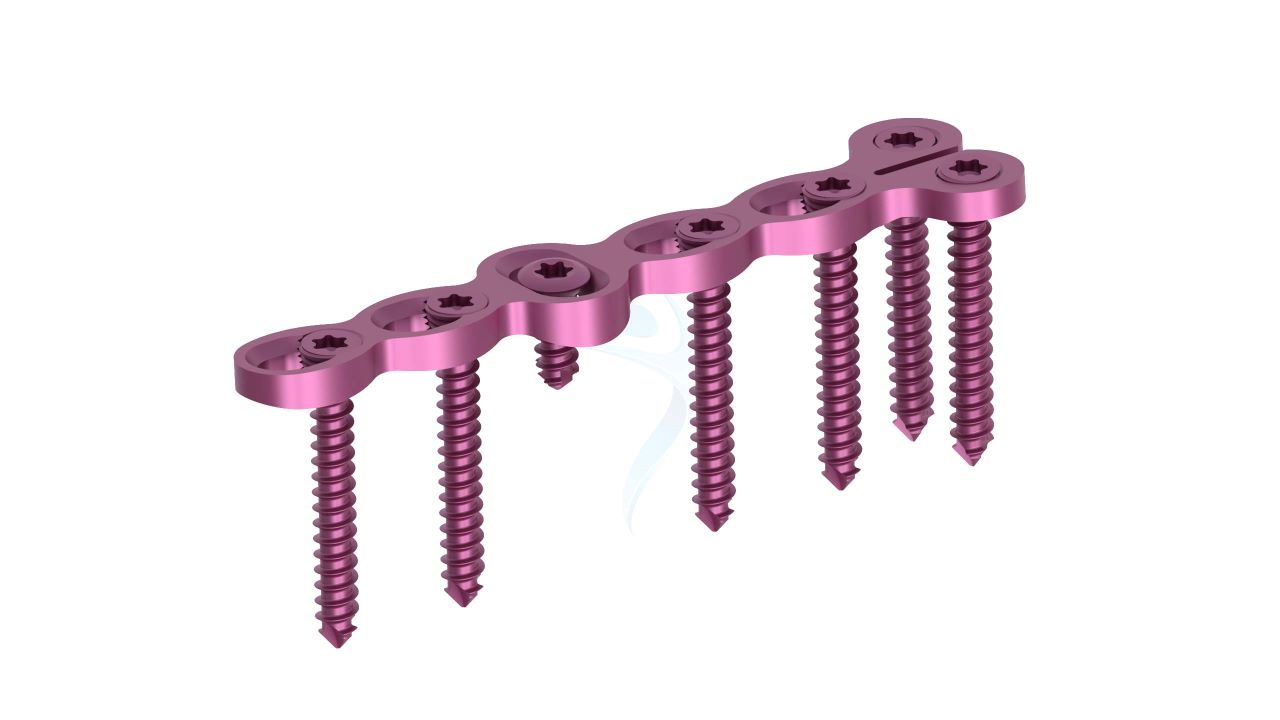
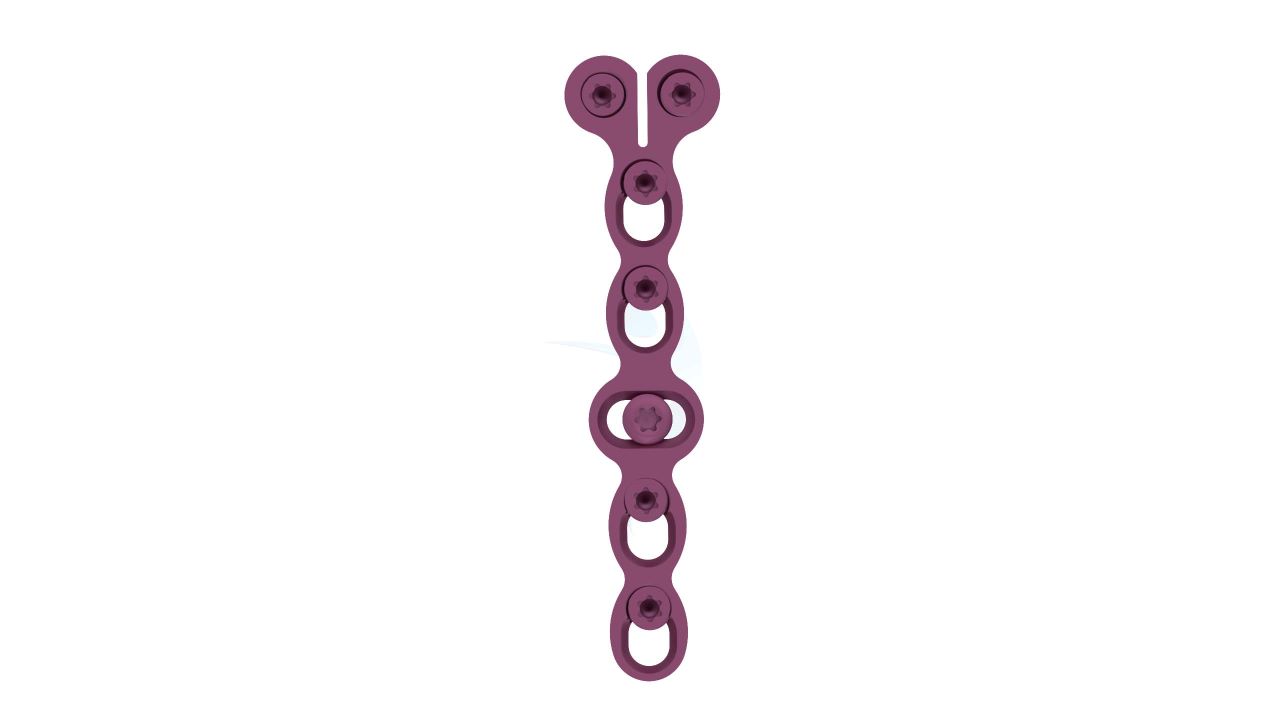
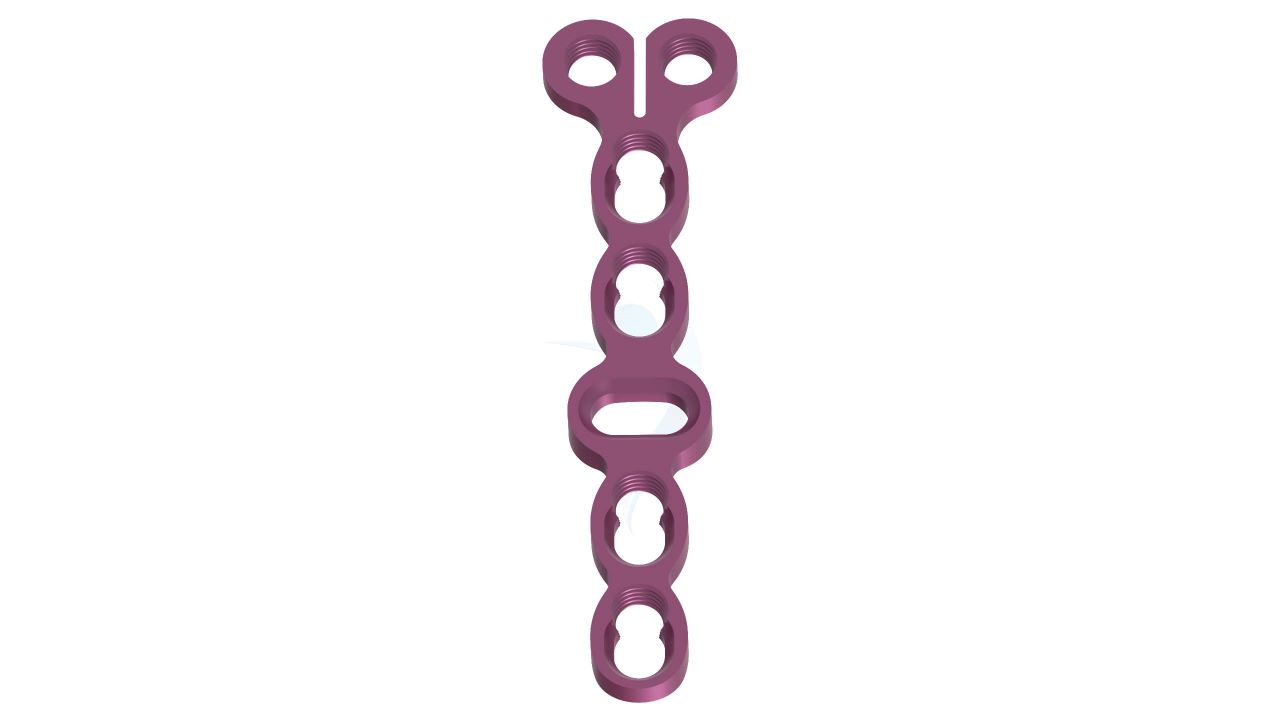
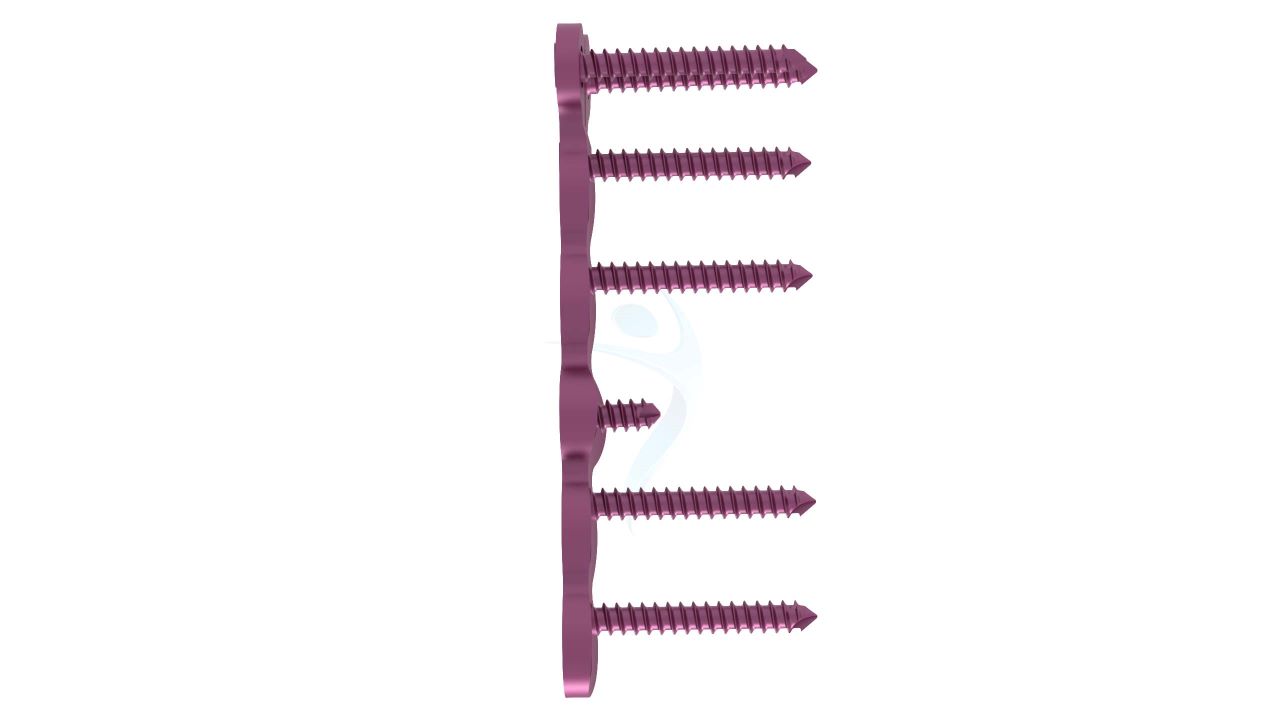
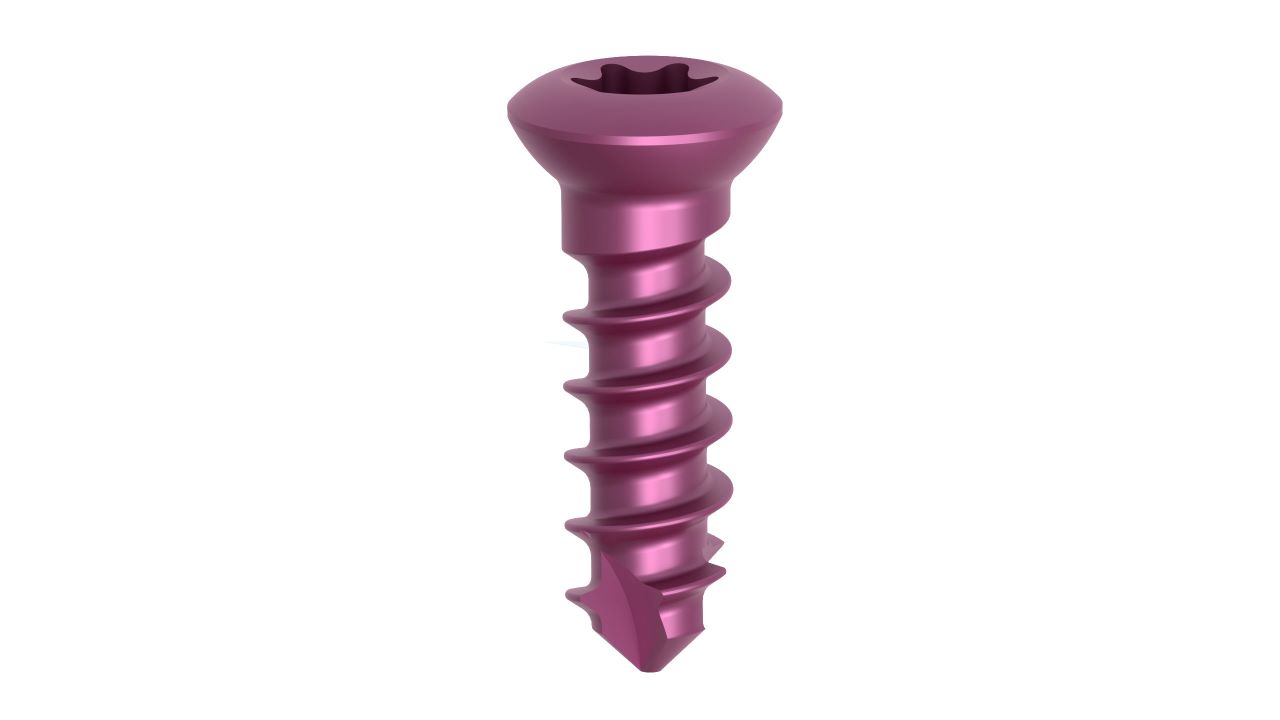
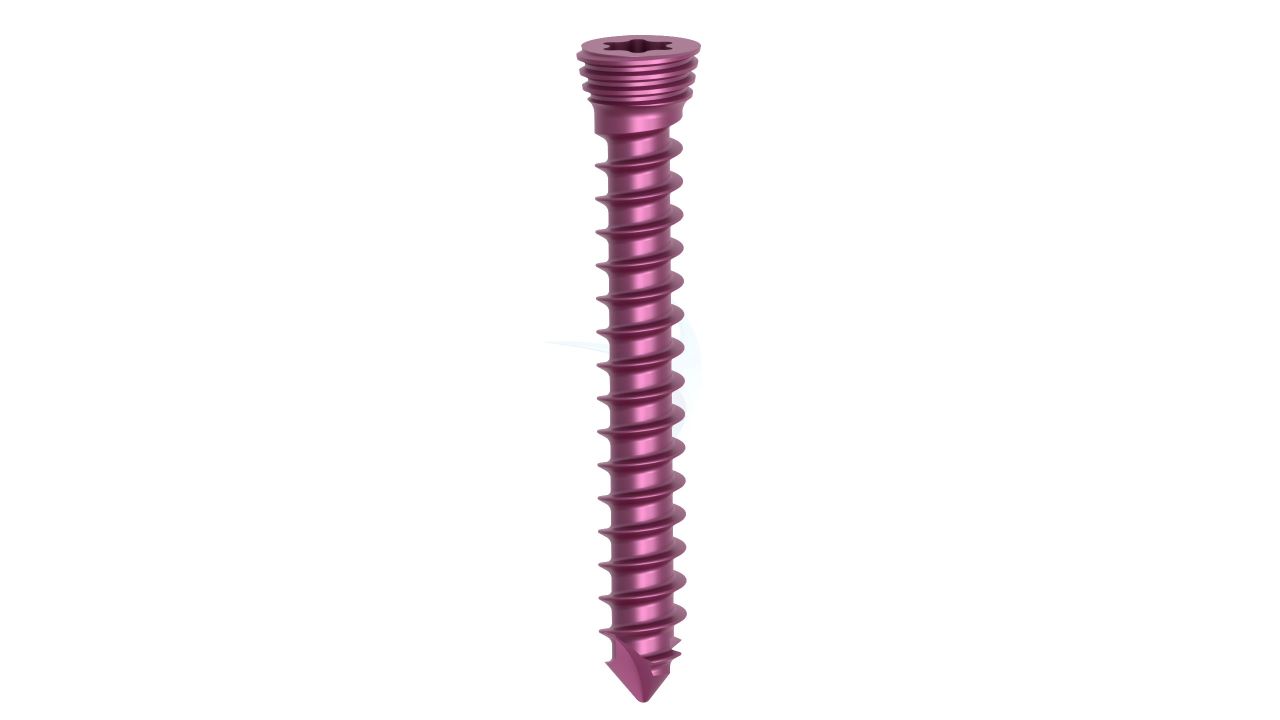
Product Uses
- Hand Fracture Fixation : These plates are used to stabilize and align fractured hand bones while correcting rotational deformities for proper healing.
- Wrist Fracture Repair : Compact Hand Plates - 2.0 mm Rotation Correction assist in wrist fracture treatments, ensuring stable fixation and rotational realignment.
- Carpal Tunnel Release : Surgeons employ these plates during carpal tunnel release procedures to alleviate pressure on the median nerve and correct any associated rotational issues.
- Joint Fusion : These plates facilitate joint fusion in hand and wrist bones, correcting rotational misalignments and addressing conditions like arthritis or instability.
- Implant Replacement : In revision surgeries, these plates can replace or augment existing implants while addressing rotational issues that may have arisen.
Product Specification
- Plate Thickness : 2.0 mm, offering a balance of strength and low-profile design for optimal hand and wrist surgeries.
- Plate Design : Specifically engineered for rotation correction, these plates allow for precise alignment and correction of rotational deformities during surgery.
- Material : Manufactured from high-quality biocompatible titanium, ensuring excellent biocompatibility and resistance to corrosion.
- Hole Configuration : Precision-engineered screw holes designed for secure screw fixation and rotational correction, enabling stable implant placement.
- Rotation Adjustment Mechanism : Unique design features that allow for controlled and accurate rotation correction during surgery.
- Instructions for Use : Accompanied by clear and comprehensive instructions for surgical implantation, aiding surgeons in proper usage, including the rotational correction process.
Compact Hand Plates - 2.0 mm Rotation Correction Sizes
Comprehensive Guide for Compact Hand Plates 2.0 mm Rotation Correction
- Patient Evaluation :Conduct a thorough patient evaluation, including medical history, physical examination, and assessment of any potential contraindications for surgery.
- Surgical Planning : Determine the surgical approach, specific procedure, and the exact location for implanting Compact Hand Plates - 2.0 mm Rotation Correction based on the patient's condition, focusing on rotational correction needs.
- Patient Education : Inform the patient about the surgical procedure, potential risks, expected outcomes, and post-operative recovery, emphasizing the importance of rotational correction.
- Informed Consent : Obtain informed consent from the patient, ensuring they understand the procedure and its associated risks, including the rotational correction aspect.
- Anesthesia Consultation : Collaborate with an anesthesiologist to determine the most suitable anesthesia method (local, regional, or general) for the patient.
- Patient Positioning : Position the patient on the operating table, ensuring accessibility to the surgical site while maintaining comfort.
- Surgical Site Preparation :Thoroughly clean and sterilize the surgical area to minimize the risk of infection.
- Anesthesia Administration : Administer the chosen anesthesia to ensure the patient's comfort and pain control during the procedure.
- Incision and Exposure : Make a precise incision to access the affected area of the hand or wrist, ensuring adequate exposure for rotational correction.
- Compact Hand Plates - 2.0 mm Rotation Correction Placement : Carefully position the Compact Hand Plates - 2.0 mm Rotation Correction, utilizing their unique design features for controlled and accurate rotation correction.
- Screw Fixation and Rotation Correction : Insert screws through the screw holes in the plates to secure them to the bone.Implement the rotation correction mechanism to achieve the desired rotational alignment.
- Recovery Room : Transfer the patient to the recovery area or post-anesthesia care unit (PACU) for monitoring.Monitor vital signs, pain levels, and anesthesia recovery, with special attention to rotational correction outcomes.
- Pain Management : Administer pain medication as needed to ensure the patient's comfort.
- Immobilization and Rehabilitation :Prescribe or provide appropriate immobilization devices (splints, casts) based on the surgical procedure and rotational correction needs.Plan post-operative rehabilitation exercises and therapy as necessary, addressing both the surgical and rotational aspects.
- Patient Education : Instruct the patient on post-operative care, including wound care, activity restrictions, and medication management, emphasizing the importance of maintaining the achieved rotational correction.
- Rehabilitation : Initiate or coordinate a rehabilitation program to gradually restore hand and wrist function, considering both the surgical and rotational correction aspects.
- Long-Term Follow-up : Continue monitoring the patient's progress and address any concerns during subsequent appointments, with ongoing focus on rotational correction outcomes.


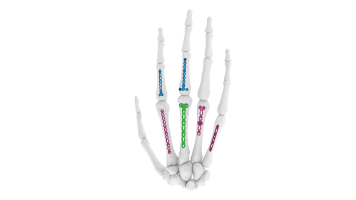
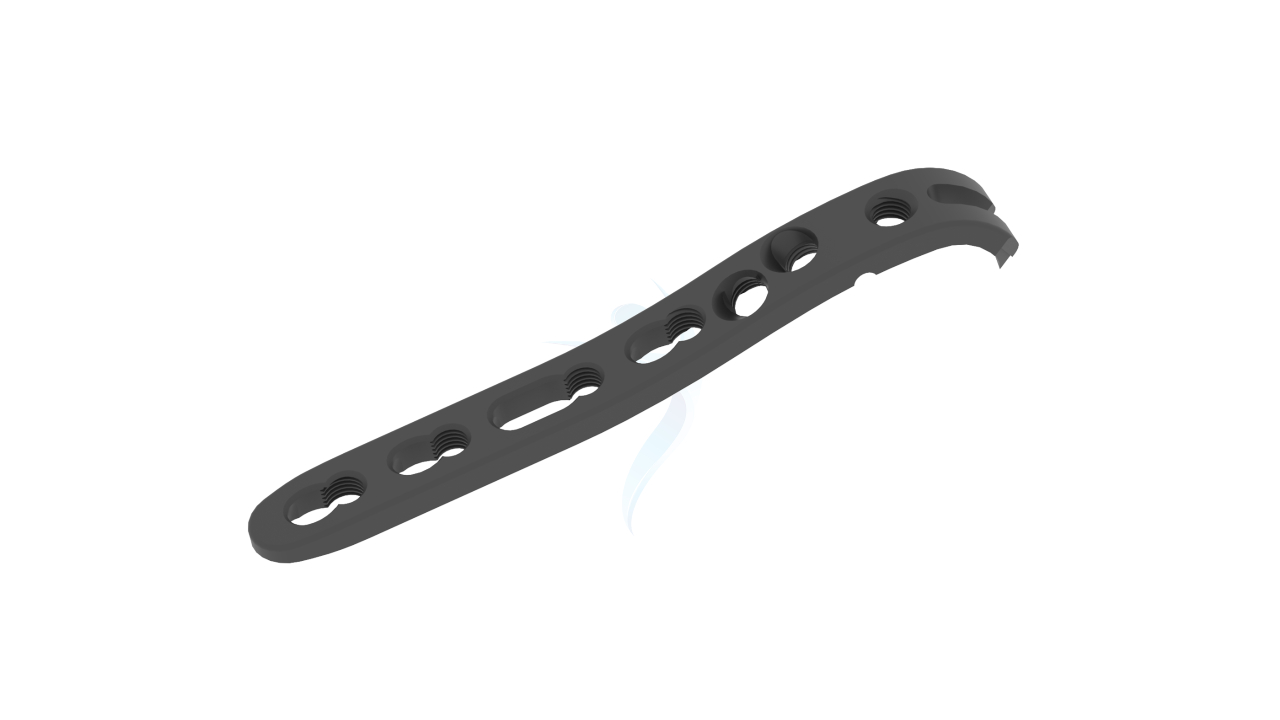
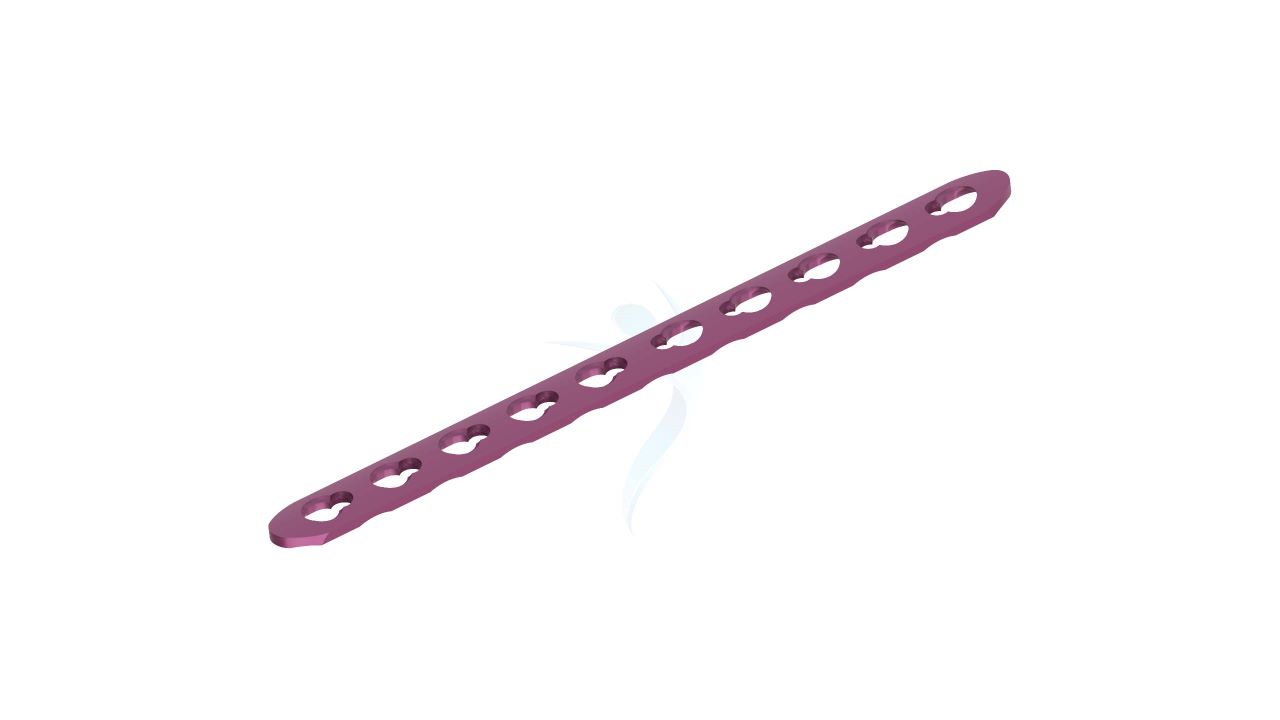
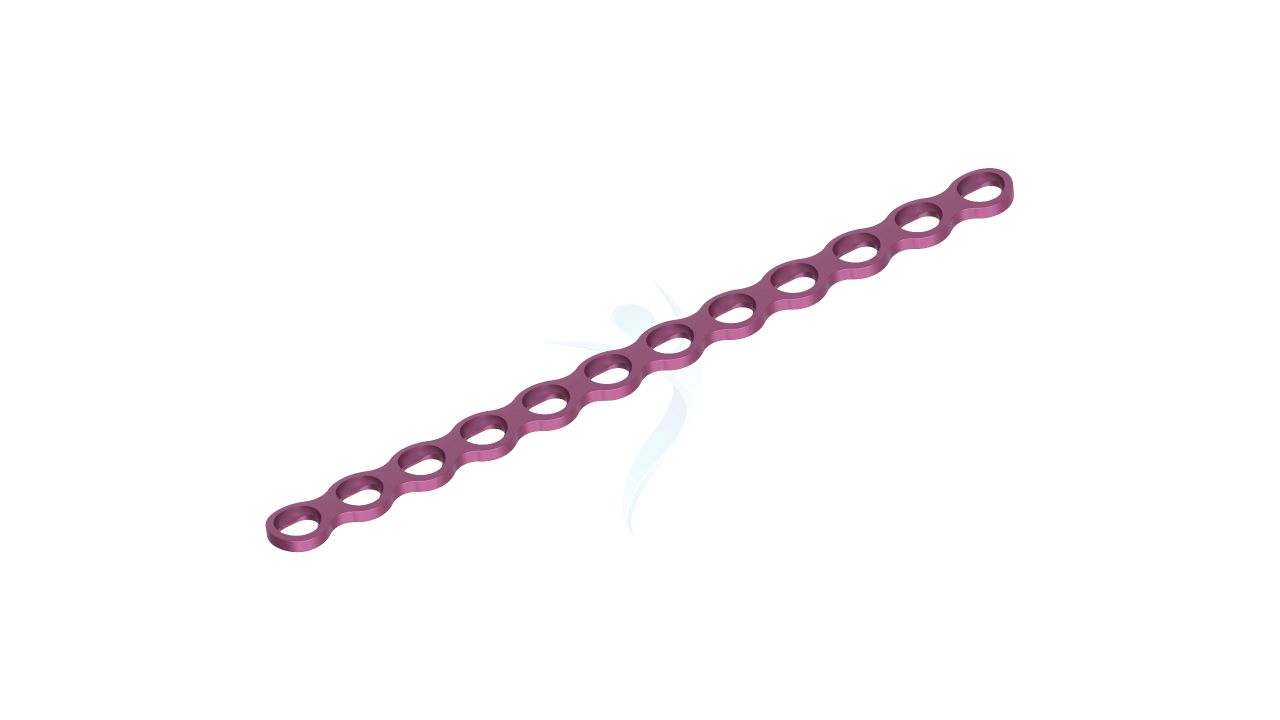
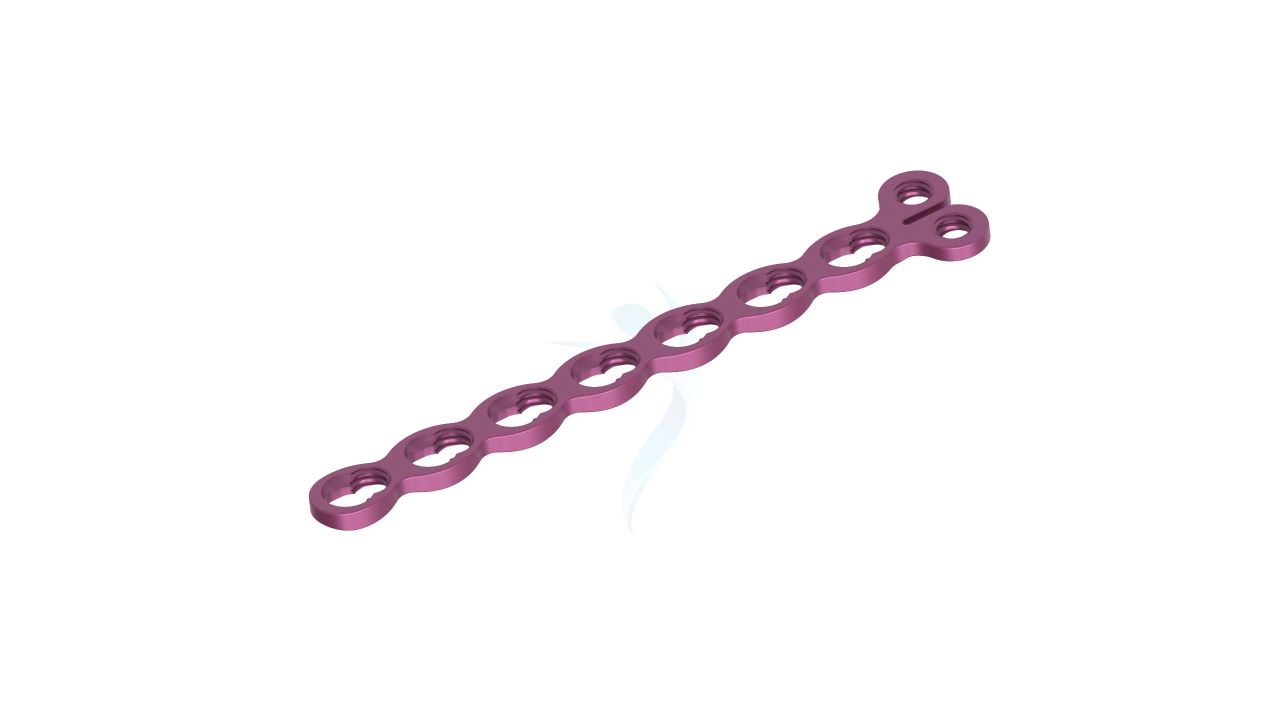
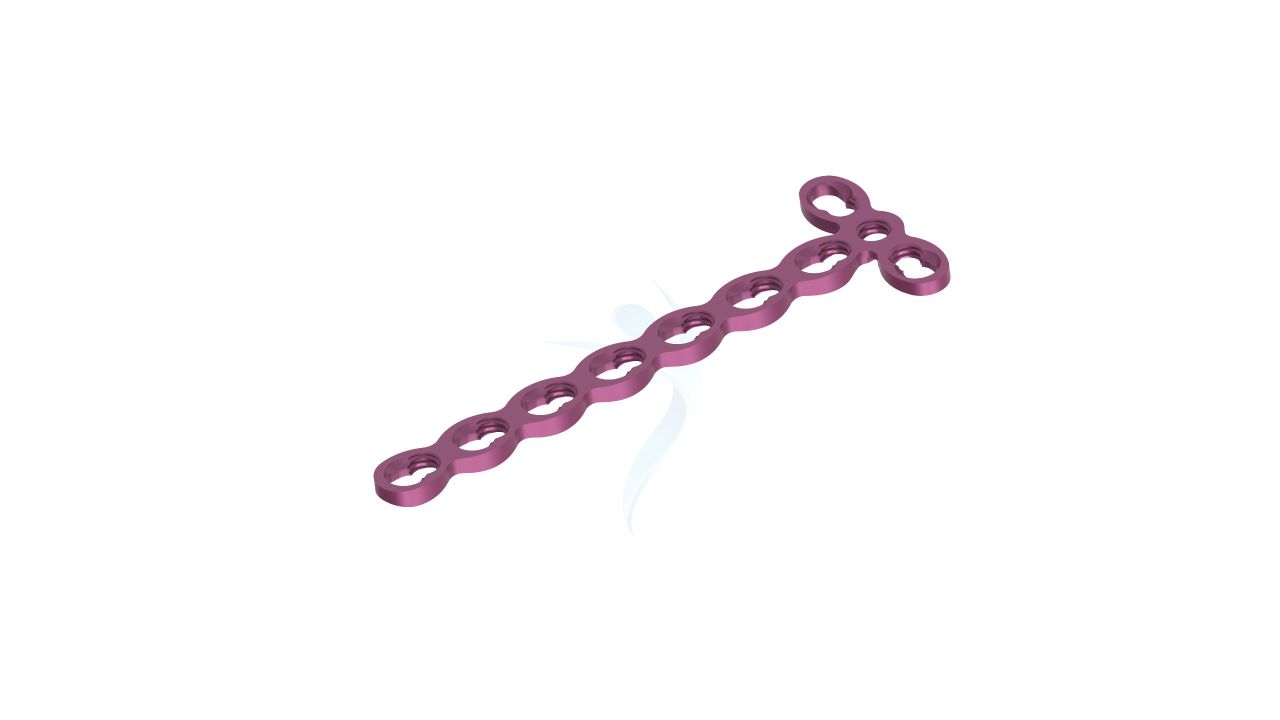
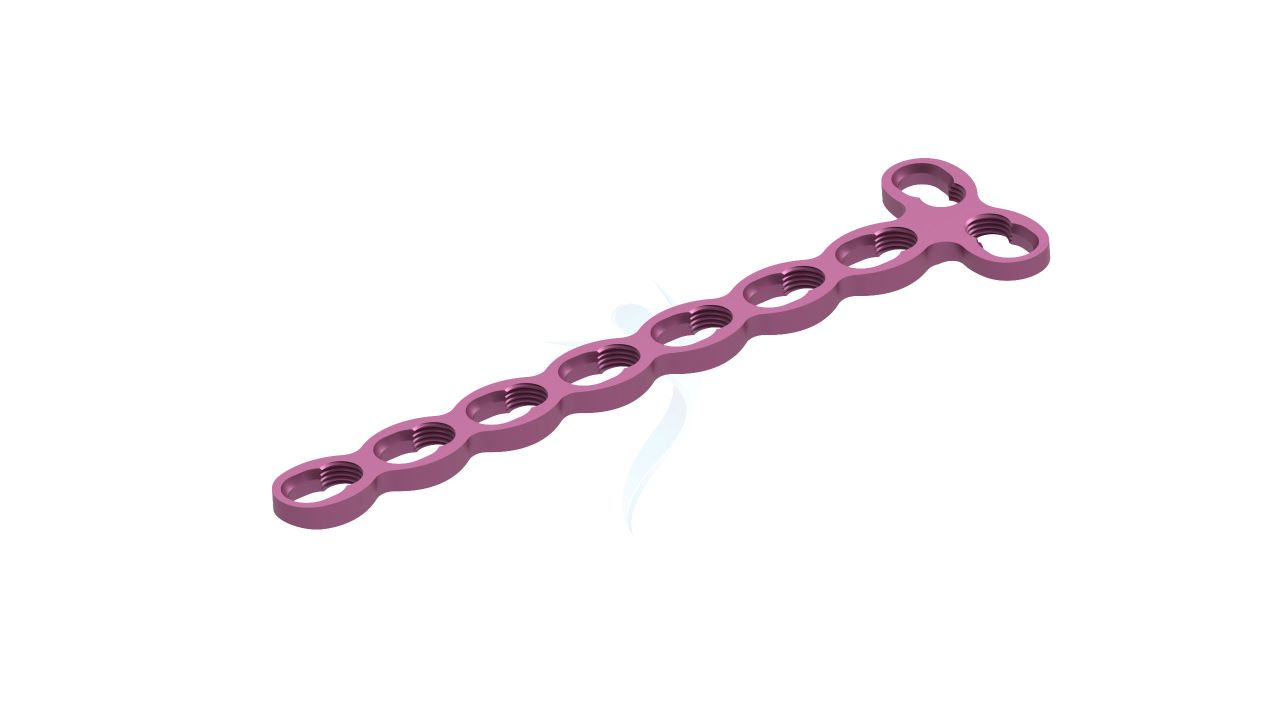
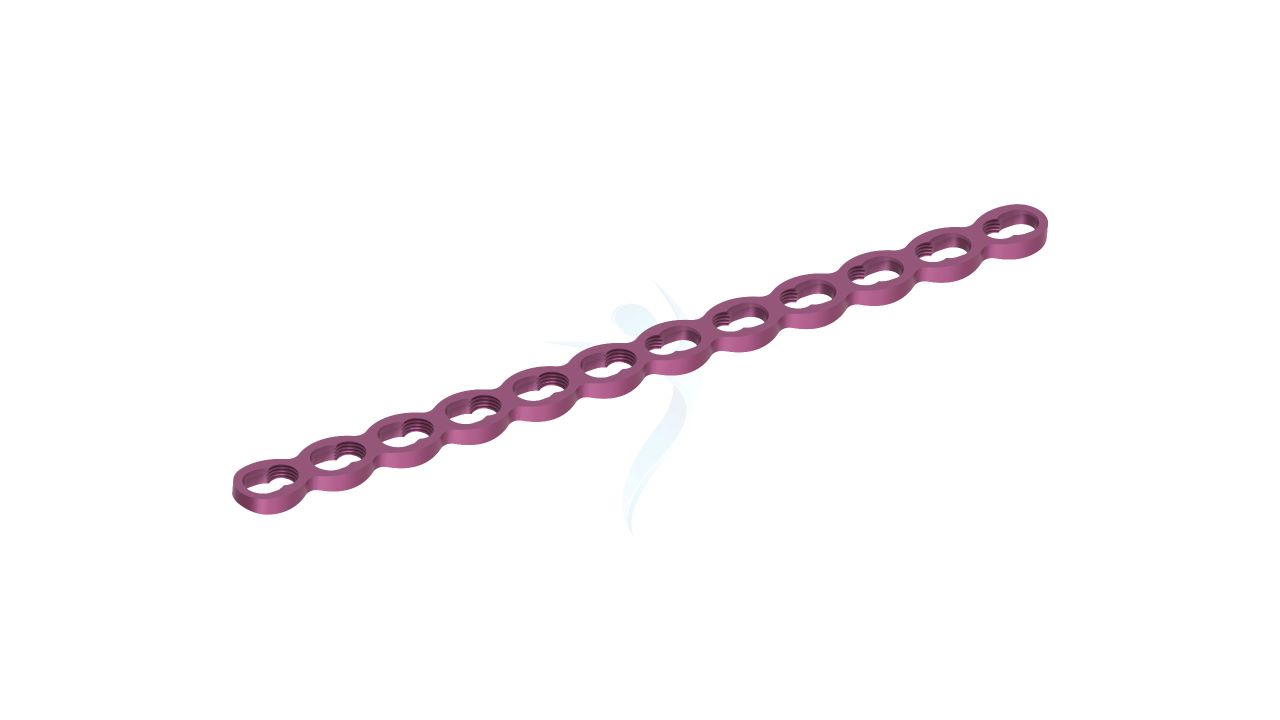
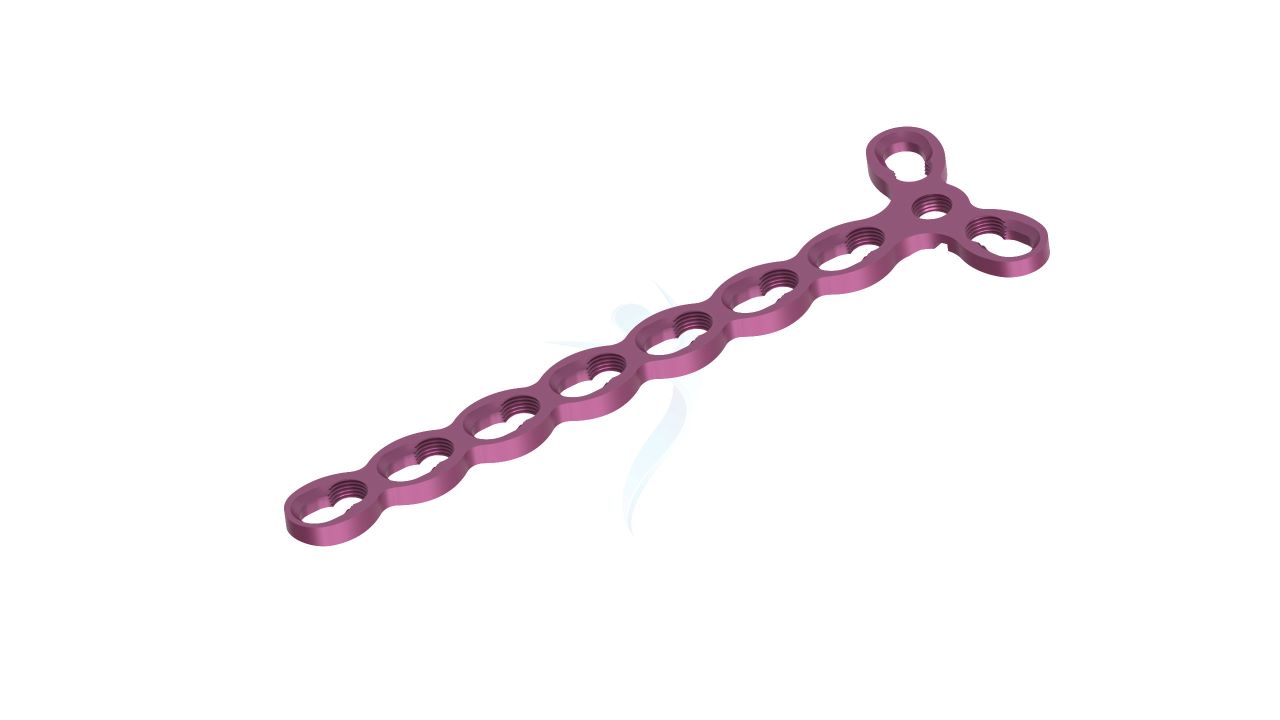
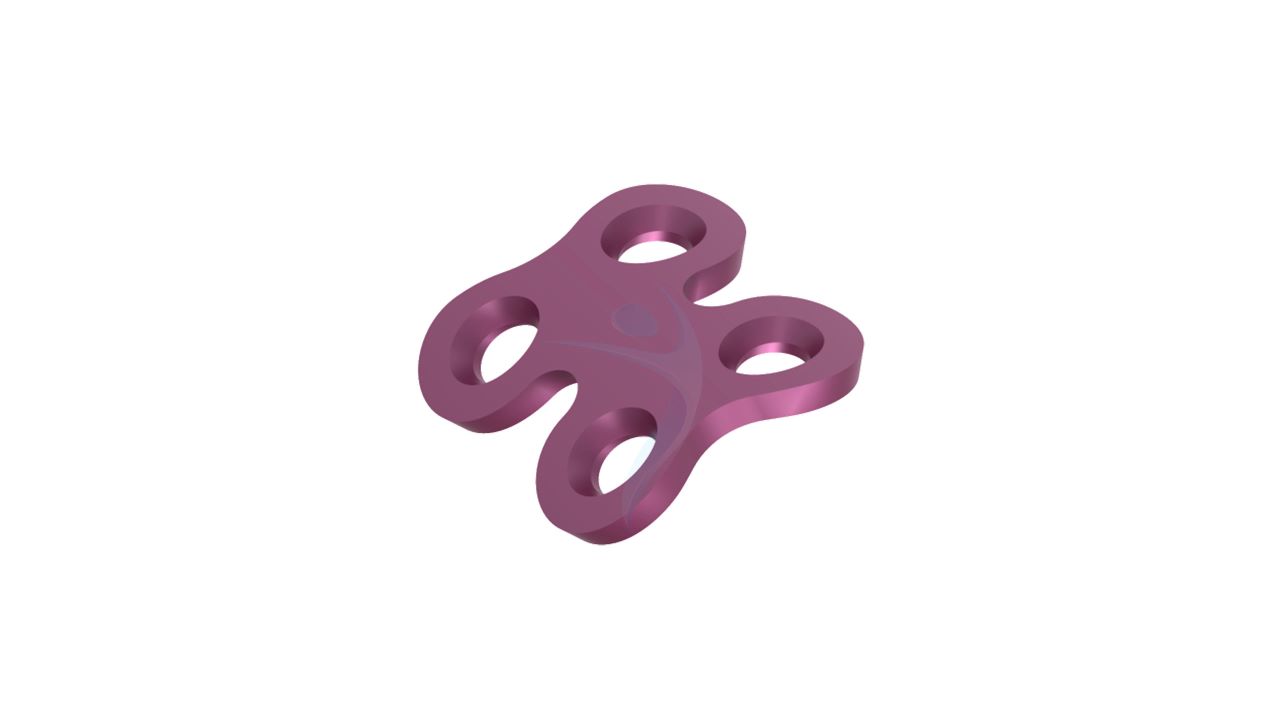

.png)

